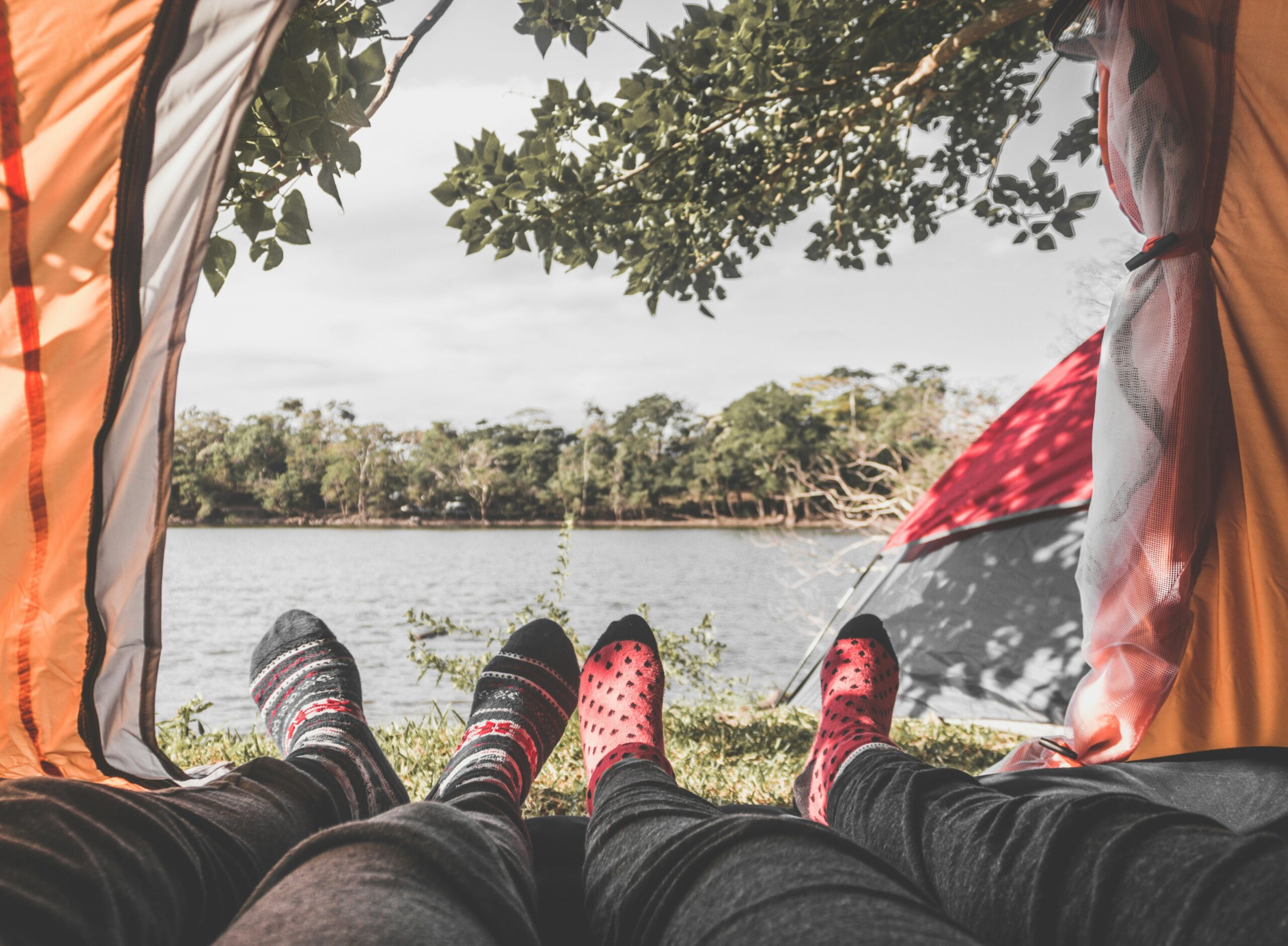The first line of protection for your feet is a sock. Socks do much more than prevent your shoes from rubbing and blisters from forming on your feet. They provide an ideal environment by aiding in temperature and moisture control. Those suffering from neuropathy should always wear white socks to help detect open sores on their feet and ankles.
The first defense against blisters is proper fitting socks and shoes. Blisters form from areas of friction and are the result of your skin layers being pulled apart. Adding a single layer of cloth such as a sock can dramatically reduce the friction felt on your skin. Normal cotton socks have been achieving this for years. However, clothing advancements today, place padding in socks to increase cushioning in high impact areas. Double layering of cloth within the sock can also further reduce areas of friction. While both the padded and double layered socks are typically reserved for sport specific activities, they can also be worn everyday.
Socks are also used to control foot perspiration. When skin is exposed to excess moisture it becomes water logged. This concept is well understood by anyone who spends a long time bathing or swimming and notices wrinkly hands. The same thing can happen to feet as they sit in a sweaty shoe. Due to cotton’s natural absorption, it has become an ideal material for socks. Again, advances in clothing materials have allowed for socks to exceed the ability of cotton. These socks are idea for exercise or for those whose feet sweat excessively.
One type of sock has been designed to help prevent foot and ankle swelling. Compression stocking have extra elastic fibers that help return blood and fluid to the body and reduce swelling. Many times these socks are prescribed as a medical treatment. However, there a numerous companies making these socks and some sell their socks at normal department stores. These are also a great way to prevent spider veins and keep your feet looking great.


